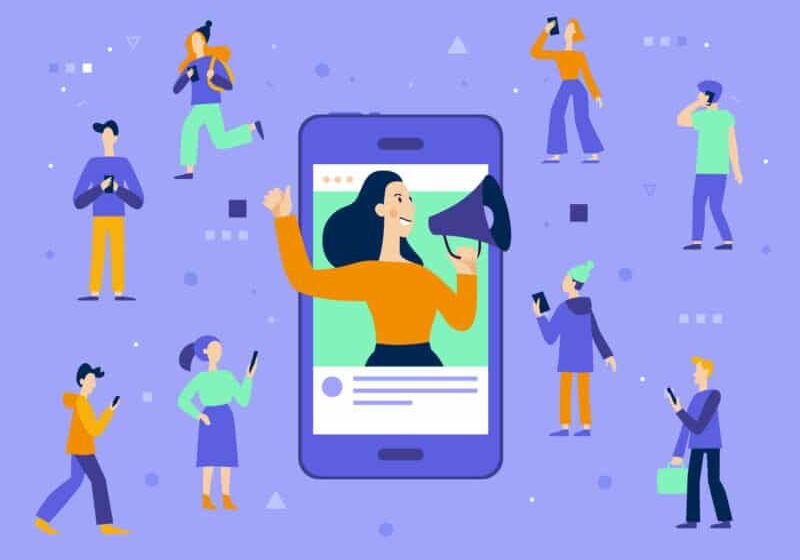Shut Up And Listen: What Traditional Advertising Gets Wrong

By Prebuilt Sites Team
January 10, 2022
EDITOR’S NOTE: Before the internet came to be, traditional advertising methods involved telling them to “shut up and listen” since the audience couldn’t talk back. When social media advertising became more popular, many companies just transfered the same methods to social media. But what they got wrong was that now, consumers had a voice and were able to talk back. People don’t like to be told to shut up and listen so unsurprisingly, these traditional advertising methods were unsuccessful. The companies that have really succeeded in the online space are the ones who invite feedback from their consumers and have a more collaborative approach to marketing. Keep reading to learn how to use your readers feedback to improve your site. If you have any questions about digital marketing or want us to take care of it for you, reach out to us at Prebuilt Sites or The BBS Agency. We’d love to help you out!

Photo: Nick Usborne
Shut up and listen to that radio ad.
Shut up and watch that TV commercial.
Shut up and read that magazine ad or direct mail promotion.
This is the nature of traditional advertising. It’s one-way. You’re broadcasting a sales message to an audience that can’t talk back, or write back.
No wonder advertising is such a hit or miss affair.
No wonder response rates are so low.
Think about it… Nobody likes being told to shut up and listen.
The arrival of the web opened up two-way conversations…
Discussion lists, forums, comment streams, customer review sites and more.
The web finally cracked open the door.
People didn’t have to “shut up and listen” anymore. The web gave them a voice, a platform, places where they could be heard.
This came as something of a shock to a lot of companies that didn’t feel comfortable with the idea their audience could now talk back.
Other companies embraced this new reality, inviting customer feedback and encouraging the use of user-generated content on their sites.
But still… companies and publishers were still in control.
They could edit, filter, or turn off much of that feedback, most of the time.
They still wrote “at” their audience.
The web was ready for step two…
Social media gave us the means to enter into true conversations, and yet…
The growth of social media gave companies a huge opportunity to truly enter into conversations with their prospects and customers.
A platform like Facebook has the functionality to help companies connect with an audience in several ways… from conducting Facebook Live video events to publishing polls and short surveys… and more.
The potential for interaction and conversations is right there.
And yet…
Most companies use social media as just one more broadcast advertising channel.
Visit a company’s Facebook page and you’ll likely see a ton of promotional posts, and very little interaction from the company in the comment streams.
Barely social at all.
And a huge missed opportunity.
Will chatbots make a difference?
I’ve been writing websites for over 20 years.
I’ve been writing for social media for over 10.
And now I’m spending more and more time writing scripts for chatbots.
Chatbot scripts are published on texting apps, like Facebook Messenger, WhatsApp, SMS etc.
And texting, by definition, is conversational.
Just look at the last texts you shared with a friend, colleague, or family member.
Back and forth. Your turn followed by their turn… and so on.
That’s how it works for chatbot scripts as well. You write different pathways for your script so you can respond appropriately to the input from your users.
When you’re writing chatbot scripts, you’re writing conversational pathways.
In fact, it’s hard to create a chatbot experience that isn’t conversational.
If you try to use a chatbot as a one-way broadcast advertising platform, the experience feels ridiculous.
Maybe chatbots will finally break the broadcast approach to marketing.
I hope so.
I thought social media would break that old-school approach. But it didn’t. Not really.
I have higher hopes for chatbots, because they just don’t work unless they’re created as conversations. Back and forth. Taking turns.
Of course, there’s no guarantee that every chatbot conversation created will turn out to be a good conversation.
But at least we’ll no longer be telling our audience to shut up and listen.
Originally posted on Nick Usborne.

